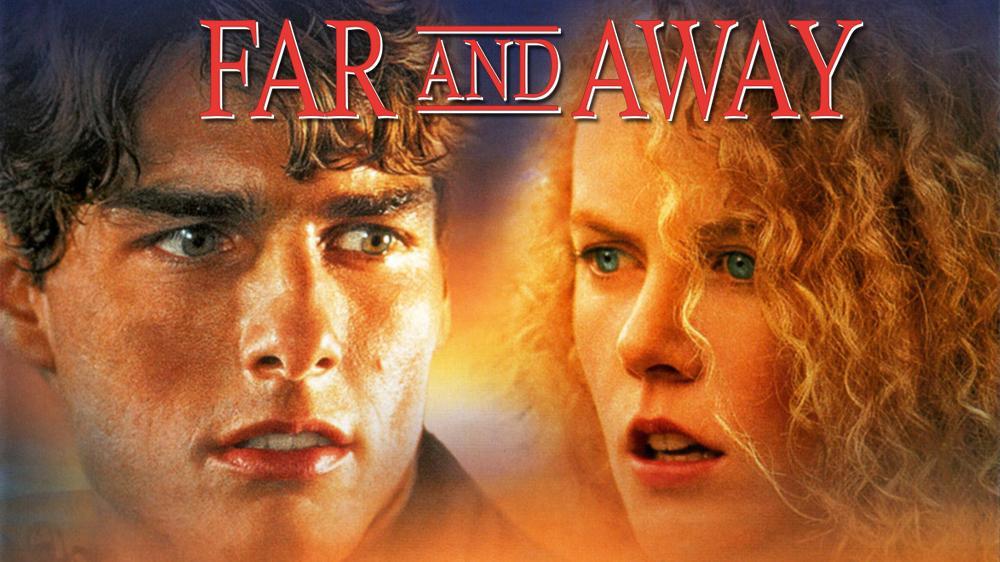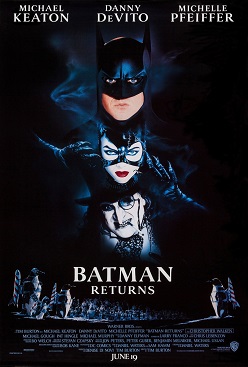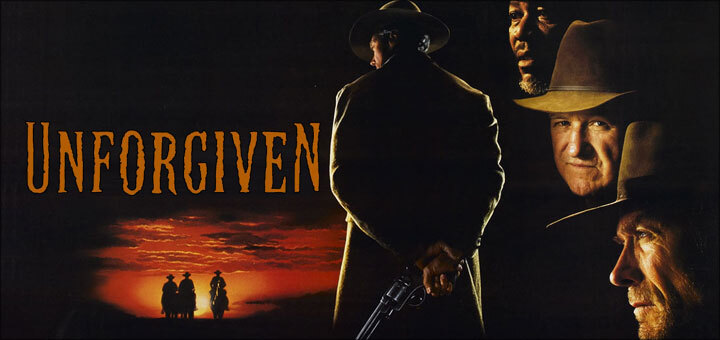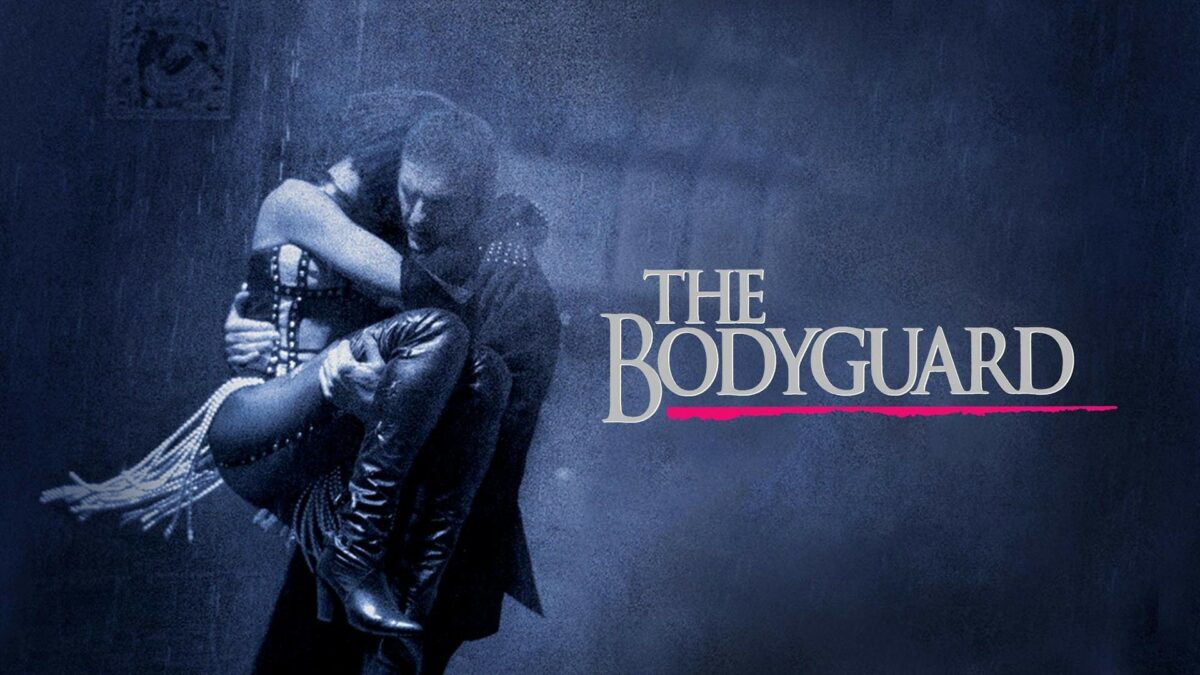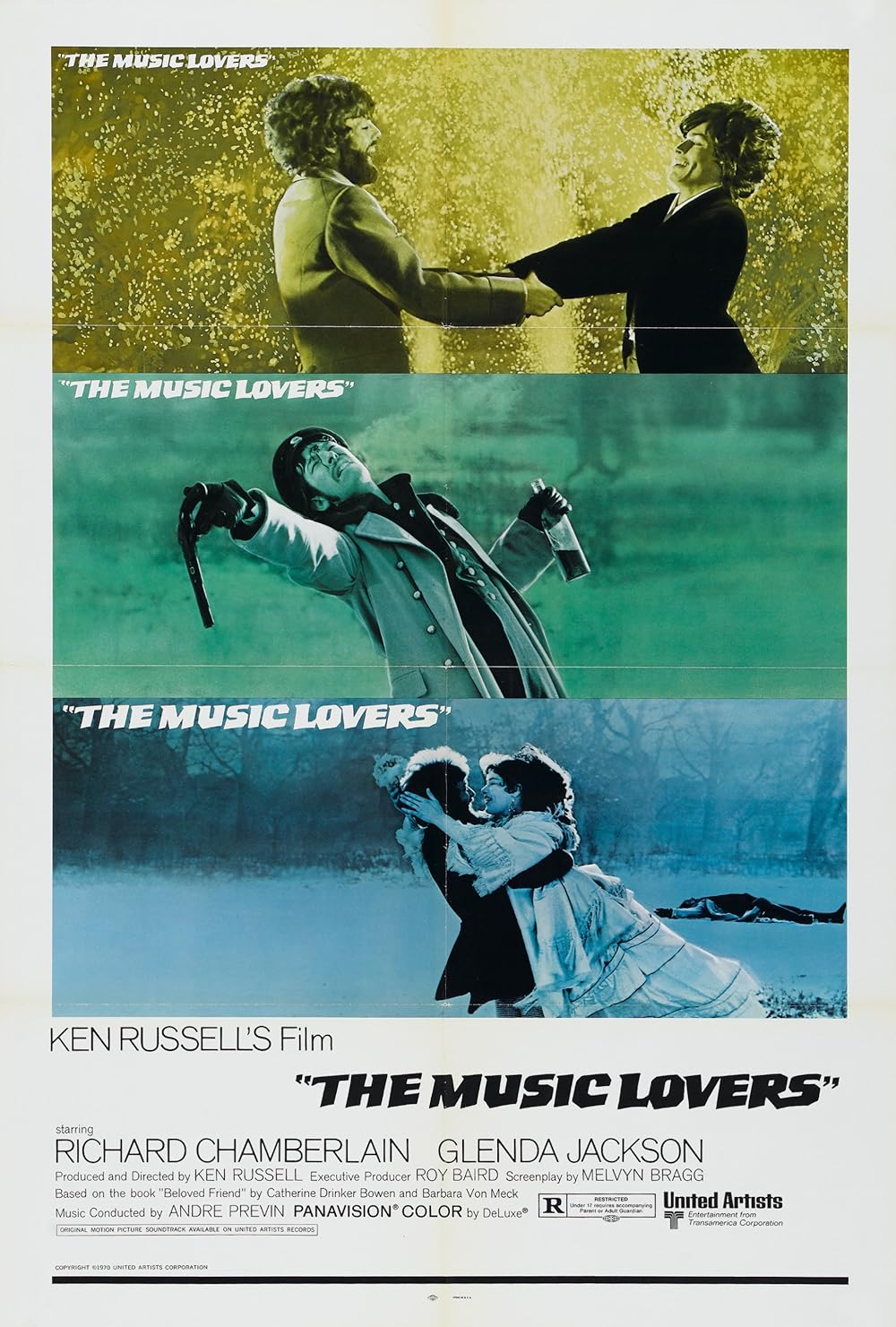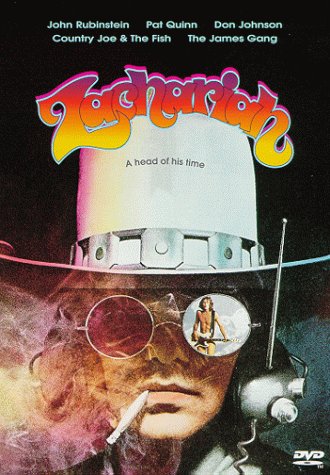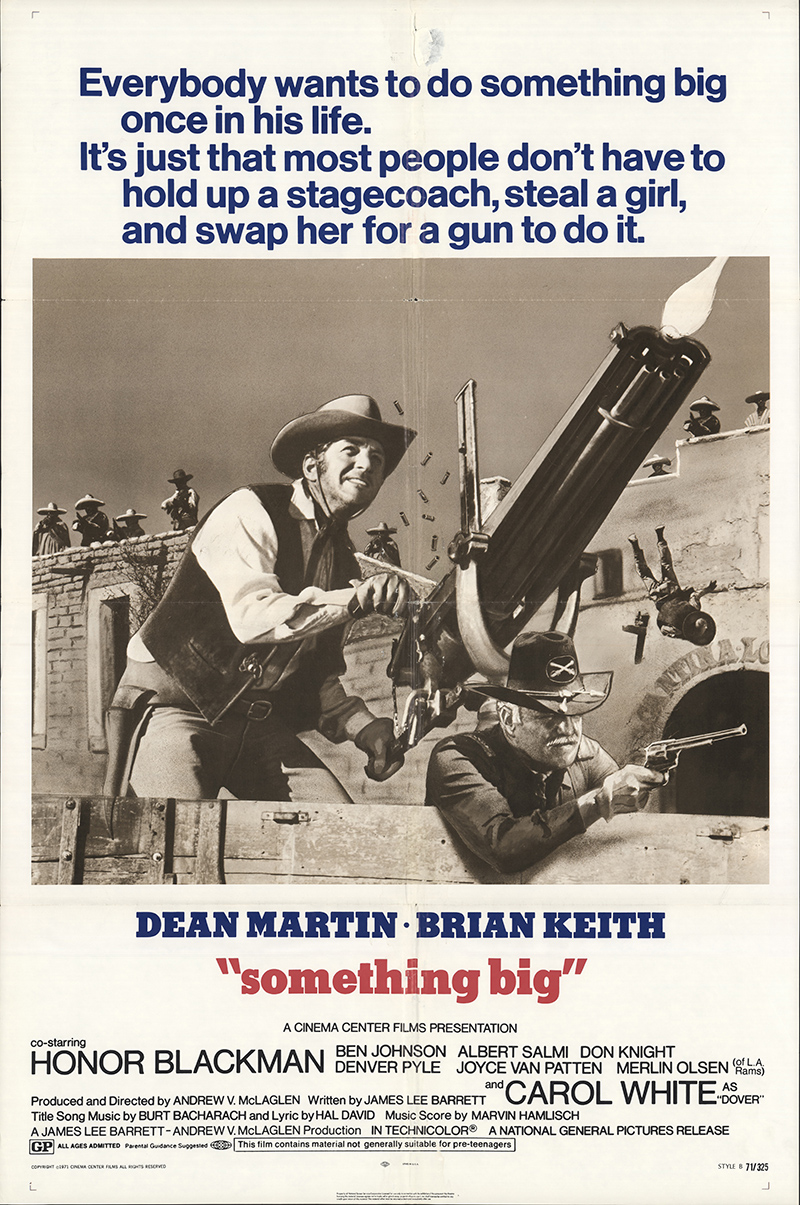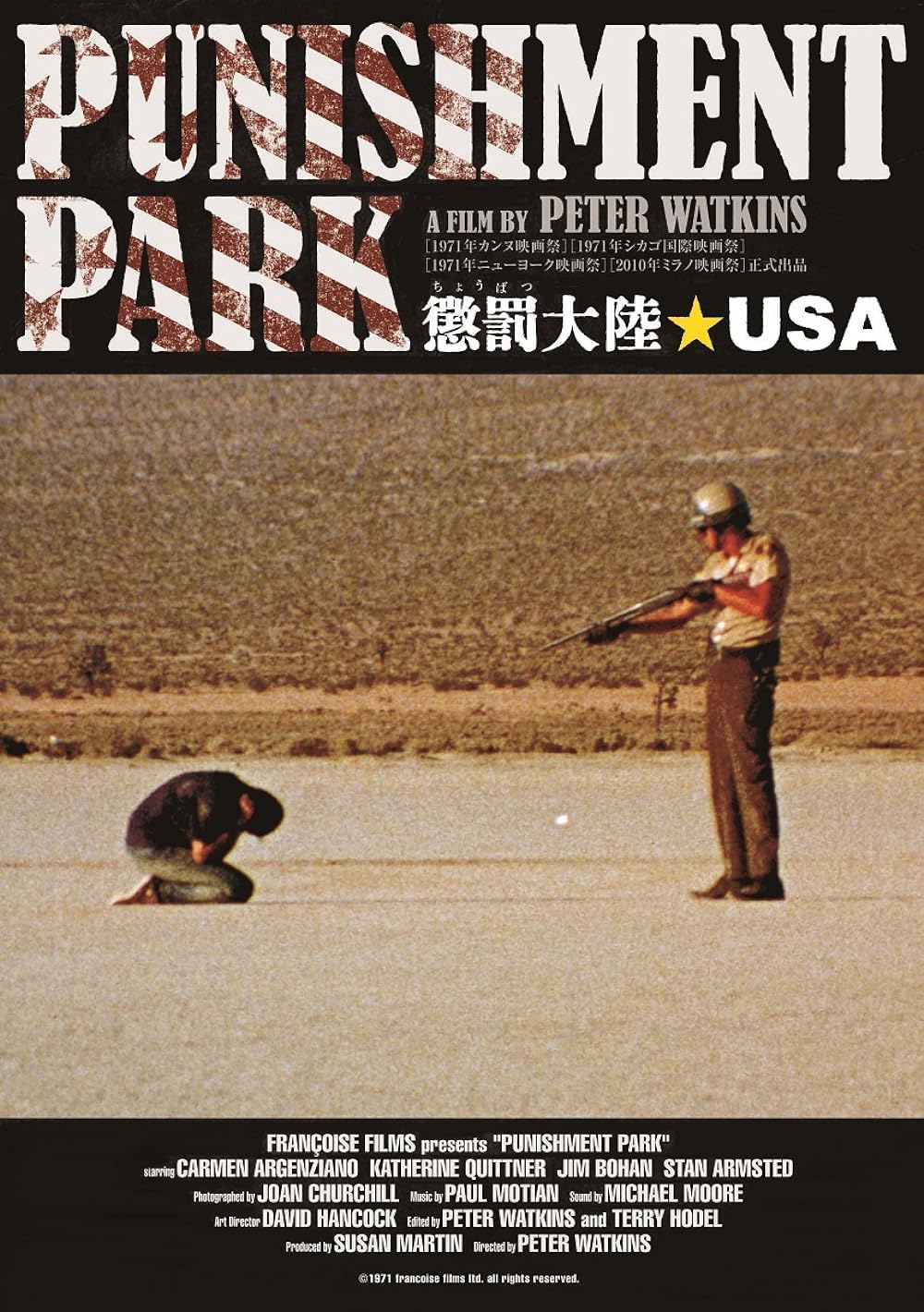Introduction:
In the vast panorama of cinematic storytelling, certain films stand out as sweeping epics that capture the imagination and transport audiences to different worlds. “Far and Away,” directed by Ron Howard and released in 1992, is one such film—a romantic odyssey set against the backdrop of the American West in the late 19th century. Join us on this comprehensive journey as we explore the nuances of “Far and Away,” delving into its themes of romance, ambition, and the pursuit of dreams in the untamed wilderness of the frontier.
I. Plot Overview:
“Far and Away” follows the tumultuous journey of Joseph Donnelly (Tom Cruise), a young Irishman seeking a new life in America, and Shannon Christie (Nicole Kidman), a high-spirited aristocrat escaping the confines of her privileged existence. The narrative unfolds against the historical backdrop of the Oklahoma Land Rush, portraying the challenges, hardships, and love that characterize the protagonists’ quest for freedom and prosperity.
A. Romance in the Wild West:
- Explore the central romance between Joseph and Shannon as it blossoms amidst the rugged landscapes of the American West.
- Analyze the challenges and conflicts that test the resilience of their love against the backdrop of a rapidly changing frontier.
B. The American Dream and Ambition:
- Delve into the broader themes of ambition and the pursuit of the American Dream.
- Discuss how the characters’ aspirations for a better life drive the narrative and shape their individual journeys.
II. Cast and Performances:
A. Tom Cruise as Joseph Donnelly:
- Assess Tom Cruise’s portrayal of the ambitious and determined Irish immigrant.
- Explore Cruise’s ability to convey Joseph’s evolution from a tenacious dreamer to a resilient pioneer.
B. Nicole Kidman as Shannon Christie:
- Analyze Nicole Kidman’s performance as Shannon, a woman seeking independence and love.
- Discuss Kidman’s portrayal of a character torn between societal expectations and personal aspirations.
C. Supporting Cast:
- Evaluate the contributions of the supporting cast, including Thomas Gibson, Robert Prosky, and Barbara Babcock.
- Discuss how the ensemble cast enriches the film’s narrative with diverse characters and perspectives.
III. Directorial Vision:
A. Ron Howard’s Direction:
- Assess Ron Howard’s directorial choices in capturing the grandeur and challenges of the American frontier.
- Discuss Howard’s ability to balance the intimate moments of the central romance with the epic scale of the historical setting.
B. Cinematography and Visual Aesthetics:
- Delve into the film’s cinematography, exploring how the visuals evoke the vastness of the American landscape.
- Analyze the use of color, framing, and composition to enhance the emotional resonance of key scenes.
C. Score and Soundtrack:
- Examine the role of the film’s score, composed by John Williams, in creating a musical backdrop for the narrative.
- Discuss how the soundtrack complements the film’s emotional beats and adds to the overall cinematic experience.
IV. Frontier Realities and Historical Accuracy:
A. Authentic Representation of the Land Rush:
- Explore the film’s portrayal of the Oklahoma Land Rush and its historical accuracy.
- Discuss the challenges and opportunities presented by the frontier experience as depicted in “Far and Away.”
B. Social and Economic Realities of the Era:
- Analyze how the film addresses the social and economic realities of late 19th-century America.
- Discuss themes of class disparity, immigration, and the pursuit of land and wealth in a rapidly industrializing nation.
V. Themes of Identity and Cultural Clash:
A. Cultural Identity of Immigrants:
- Delve into the theme of cultural identity as experienced by Irish immigrants like Joseph.
- Analyze how the characters navigate the clash between their heritage and the challenges of assimilation in a new land.
B. Class Divide and Social Struggles:
- Explore the film’s exploration of the class divide between Shannon’s privileged background and Joseph’s humble origins.
- Discuss how societal expectations and prejudices impact the characters’ relationships and aspirations.
VI. Criticisms and Controversies:
A. Reception and Criticisms:
- Examine the critical reception of “Far and Away” upon its release.
- Discuss any criticisms or controversies surrounding the film, including its depiction of historical events.
VII. Cultural Impact and Legacy:
A. Cultural Significance:
- Explore the cultural impact and significance of “Far and Away.”
- Discuss how the film resonated with audiences and contributed to the cinematic portrayal of the American frontier.
B. Legacy in Romance Epics:
- Assess the film’s place in the pantheon of romance epics and historical dramas.
- Discuss its enduring appeal and influence on subsequent films exploring love against the backdrop of challenging historical settings.
VIII. Conclusion:
In conclusion, “Far and Away” (1992) stands as a captivating journey through the heart of America’s frontier, weaving a tale of love, ambition, and the pursuit of dreams. Ron Howard’s directorial vision, coupled with powerful performances from Tom Cruise and Nicole Kidman, brings to life a cinematic odyssey that captures the spirit of a bygone era. As audiences are transported to the untamed landscapes of the American West, they witness the resilience of the human spirit and the enduring power of love against all odds. “Far and Away” remains a cinematic gem, inviting viewers to embark on a poignant adventure and reflect on the timeless themes of hope and determination in the face of an ever-changing frontier.
